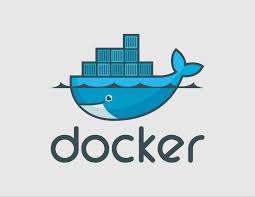SD-WAN is a technology that appears poised to upend the telecommunications world. Short for software-defined wide area network, the SD-WAN market is growing quickly and is predicted to top $8 billion by 2021. If you’re wondering why, the answer is simple: the use-case for SD-WAN is being fueled by the evolution of cloud and software-driven services.
There are many drivers for the rise of the SD-WAN, but here are our top three:
- New network architectures are needed to facilitate the digital transformation of the enterprise by enabling reliable and secure consumption of cloud applications.
- It is difficult to make changes to traditional WANs which are also costly and do not take advantage of emerging technologies.
- Businesses want to improve network performance and reliability as well as drive cost-savings.
Most enterprises (including ones with branch offices) began with a single MPLS in place. MPLS has been a reliable but costly solution that is typically difficult to provision. The beauty of SD-WAN is that geographic boundaries are no longer in place and off-site provisioning is a breeze; the IT manager can easily add sites without changing the underlying network infrastructure. It also offers more visibility into network traffic, delivers better local connectivity for enterprise apps, optimizes the network stream for video/web presentations and generally facilitates multiple internet access points.
While it’s available as a software purchase, many companies are choosing to introduce an SD-WAN as a managed service. StrataCore works with two types of trusted partners in this genre, traditional telecommunications service providers (Verizon, AT&T, etc.) and SD-WAN specialists such as Aryaka, Bigleaf Networks and Cato Networks.
We recently helped a rapidly growing software-as-a-service company select an SD-WAN provider. The company had a traditional MPLS in place, with a single circuit structure at each site across the country. Whenever a local MPLS node went down, the office location would be offline. This was especially problematic as the company conducts most of its sales presentations via video conference. Any network downtime impacted sales efforts.
As we do with all clients, our first step was to conduct a survey of the network and determine needs. We then created a grid showing the pros and cons of each vendor offering that included critical elements such as cost, reliability, ease of use, the ability to add new features such as tighter security, and more. After the client selected Aryaka as its partner, we recommended adding dual, redundant internet access circuits for each office location to eliminate the existing single point of network failure. As the company grows, they need only add internet access circuits at new locations, and are no longer restricted by the time-consuming, costly effort to add another MPLS node.
This client is typical of companies looking to have a more flexible network architecture to meet its current and future needs. As we move forward, SD-WAN will become the dominant technology for multi-site deployments in not just the enterprise market, but with SMBs as well. If your company is moving to the cloud, it’s time to gain a better understanding of whether or not your WAN strategies align with your network performance, cost, and flexibility needs.
We’re happy to chat – give us a call.




